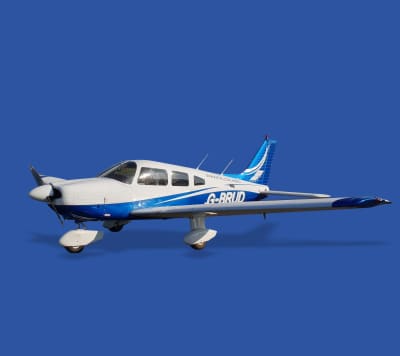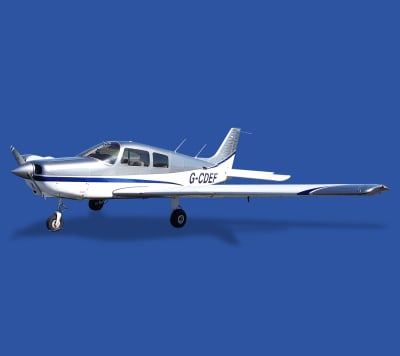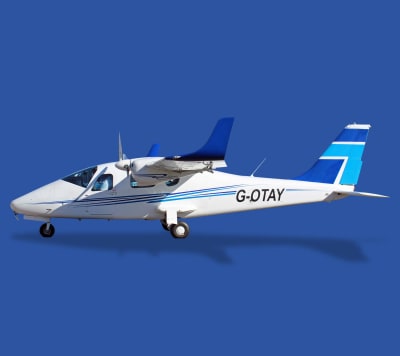Our experienced team can provide UK CAA training for: Private Pilot Licence (PPL), Commercial Pilot Licence (CPL), Flight Instructor Certificates (FIC), Multi-Engine Piston Rating (MEP) and initial Instrument Rating (IR).
Courses
Utilising our decades of experience, we are able to offer a full range of courses suited to all levels of flying.
From those looking to achieve the freedom of the skies through gaining their Private Pilot Licence, qualified pilots aiming to further improve their skills and certifications, or aviators ready to move into commercial aviation – we have something that will work for you.
Explore the courses below to find the one that best suits your requirements. If what you are looking for is not listed, or you need a little guidance, contact the team and they will be more than happy to help.
Our fleet

Piper Archer
Our Piper Archer is a capable and affordable touring aircraft loved all over the world. With its fixed gear and 181 hp engine, it gives pilots the perfect step-up into a slightly faster single engine piston aircraft.

Piper Warrior
We also operate a number of Piper Warriors, maintained in-house these fantastic aircraft boast outstanding avionics and, along with our Piper Archer, are all available for trial lessons, flight training and private hire.

Tecnam P2006T
Falcon Flying Group can also conduct training in our Tecnam P2006T, which is a multi-engine aircraft that is fully instrument equipped.
